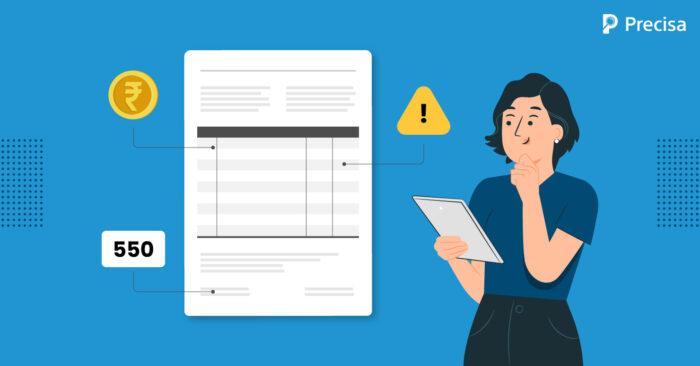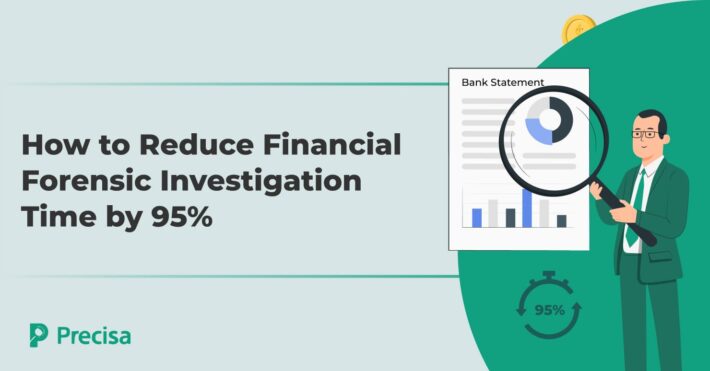Financial Statement Analysis Software Helps Lenders Decide

Every business has a unique story. While digital marketing and ad campaigns push a company’s brand narrative, a business’s bank statements tell the real story.
Reading a bank statement, however, can be a labour-intensive, and overwhelming experience. Also, it can be easy to miss out on important details.
This is where financial statement analysis software plays a critical role in helping lending institutions and platforms analyse a potential borrower’s fiscal health at a glance. This highly effective tech-enabled tool scans through bank statements in minutes and throws up actionable insights.
How does a Financial Statement Analysis Software Help Lenders and Accounting Firms?
As they say, knowledge is power. Having valuable data at your fingertips helps lending institutions/ platforms make smart decisions and bet on the right set of borrowers.
Here’s how lending institutions leverage financial statement analysis software to serve prospective borrowers with transparency, efficiency, and speed.
1. It flags irregularities
According to PwC’s Global Economic Crime and Fraud Survey 2022, 46% of businesses reported the incidence of business fraud, corruption, or economic fraud, within their organisations. It could be the case of a vendor overcharging the company with the support of an internal perpetrator or a client being overcharged for a service.
Company owners can get so focused on the business growth that they may miss regular transactions that indicate the potential for fraudulent activities within the company.
When bank statements are scanned by financial statement analysis software, they recognise patterns that appear irregular. For instance, these can range from the number of ATM withdrawals above a certain threshold, balance vs computed balance mismatches, cheques deposited on holidays, or RTGS transactions below ₹2,00,000.
Irregularities are a valuable metric for making core lending decisions, especially for loans of high ticket size. Numbers don’t lie, and this approach paves the way for more transparency with prospective borrowers.
2. It offers a creditworthiness score
Taking a business loan is a great way to build creditworthiness. However, missed and delayed payments and overextended credit lines are signs of poor business practices and could impact a business’s creditworthiness.
Financial statement analysis software helps track a prospective borrower’s credit patterns and the status of previous payments. The tool can follow if EMIs are being paid on time, how many payments are missed, etc.
Precisa’s Financial statement analysis software comes with a loan repayment probability score known as the Precisa Score. This tool helps lending institutions and borrowers understand where they stand in terms of creditworthiness.
3. It reveals a borrower’s profitability
Many business owners are savvy about how much revenue the business brings in. However, they have no real idea of whether they are a profitable business. Profitability refers to what’s left over after all salaries and expenses are paid off.
A thoroughly-analysed bank statement by Financial statement analysis software offers valuable insights that can indicate the profitability of a prospective borrower’s business.
Aspects such as business cash flows, outward bounced cheques, and more outflow of funds as opposed to in-flow are some metrics by which you can gauge profitability.
Lending institutions are in a superior position to make decisions based on what a prospective borrower’s bank statements say, thanks to the ability of Financial statement analysis software to turn raw data into in-depth reports.
4. Reviewing revenue patterns & growth
A company may have more than one business model, translating to multiple sources of revenue. Leveraging financial statement analysis software can help businesses understand revenue patterns at a glance.
For instance, how many sources of revenue exist, which ones are generating the highest and lowest, and is the company’s revenue growing steadily? You can compare these numbers to the amount of money being invested in acquiring and servicing customers, advertising, etc.
Companies with a steady revenue growth roadmap make better borrowers than those with volatile revenues and limited revenue streams.
5. Understanding multiple bank statements
Prospective borrowers may have multiple bank accounts, adding another layer of complexity to understanding their fiscal narrative.
By leveraging financial statement analysis software, lending institutions can generate reports capturing data from multiple bank accounts. Then, they can create a cohesive report of where the business stands regarding assets versus liabilities, operational ability, and potential for solvency.
These factors are essential for borrowers to pay loans on time and within the expected time frame. You can analyse patterns from months to years and make smart decisions as to who is a credible borrower.
The takeaway
Today, millions of borrowers are in line to access digital lending products. In this scenario, the manual review of bank statements is no longer sustainable for the lending industry’s scalability problem. In every sector, automation is the way forward.
Financial statement analysis software is helping the lending industry build scale while also enabling prospective borrowers to understand where they stand in terms of creditworthiness, a win-win for all stakeholders.




